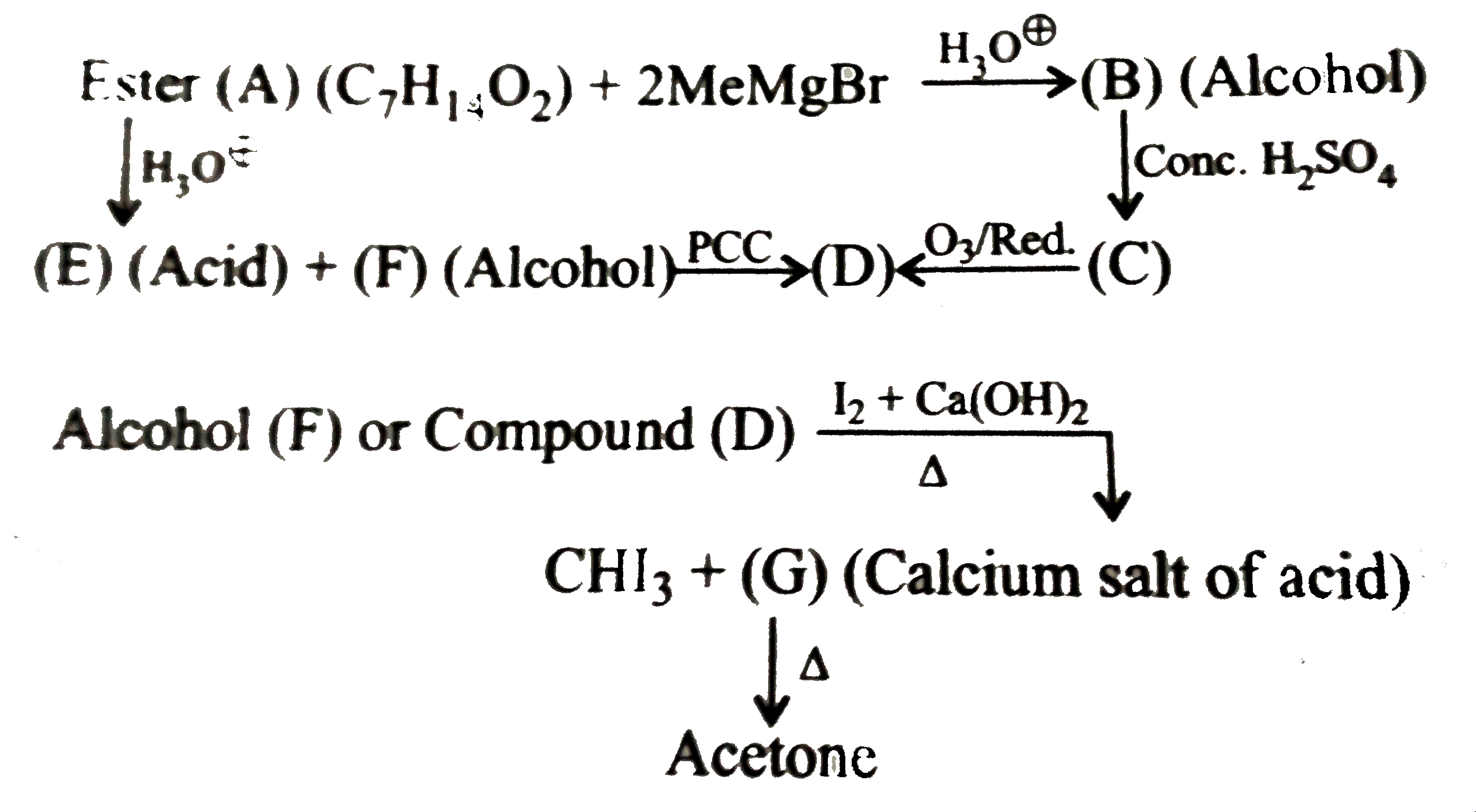
Acid (E) is :


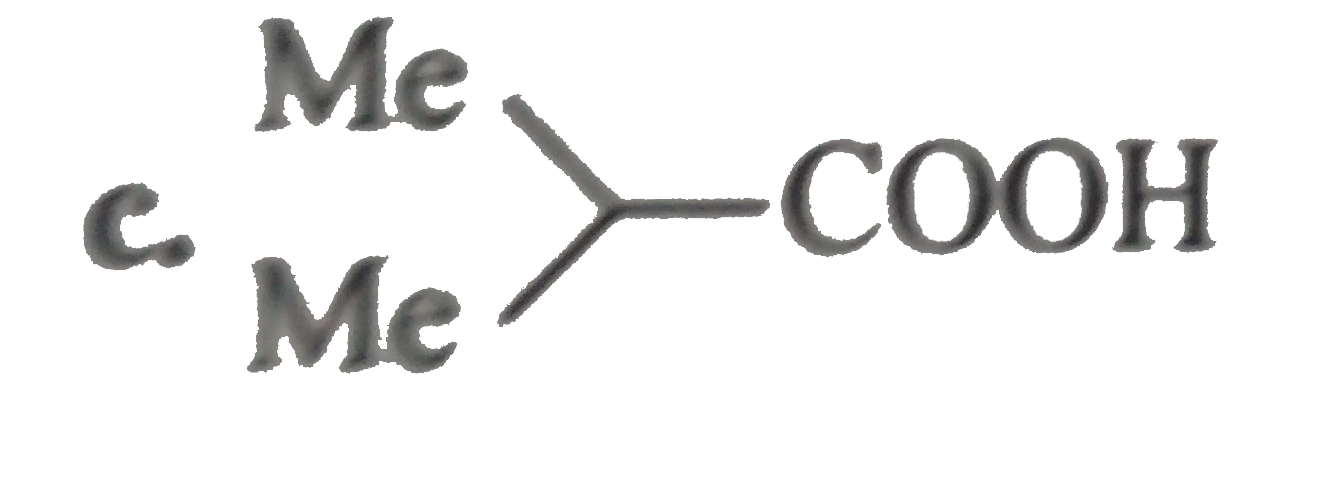
MeCOOH
The correct Answer is:C
(c) (i) Acetone obtained from (G) suggests that (G) is calcium acetate, (CH3COO)2Ca.
(ii) Therefore, compound (D) is acetone (Me2C=O)
(iii) Thus, compound (F) would be isopropyl alcohol (Me2CHOH).
(iv) Since (D) is obtained from (C),(C) would be 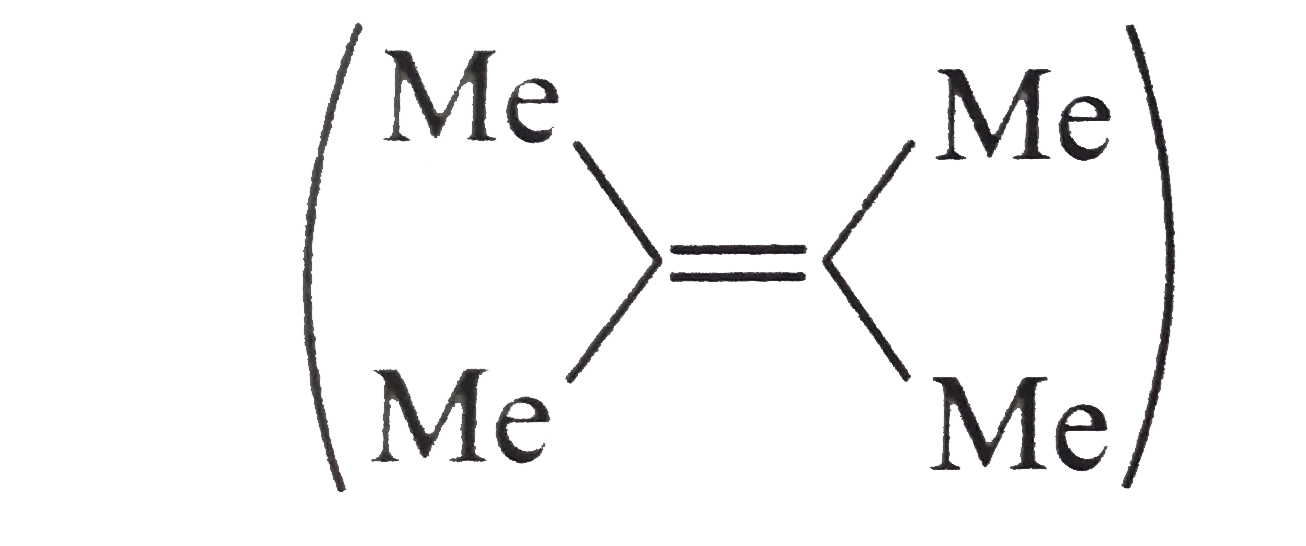
(v) (B) would be 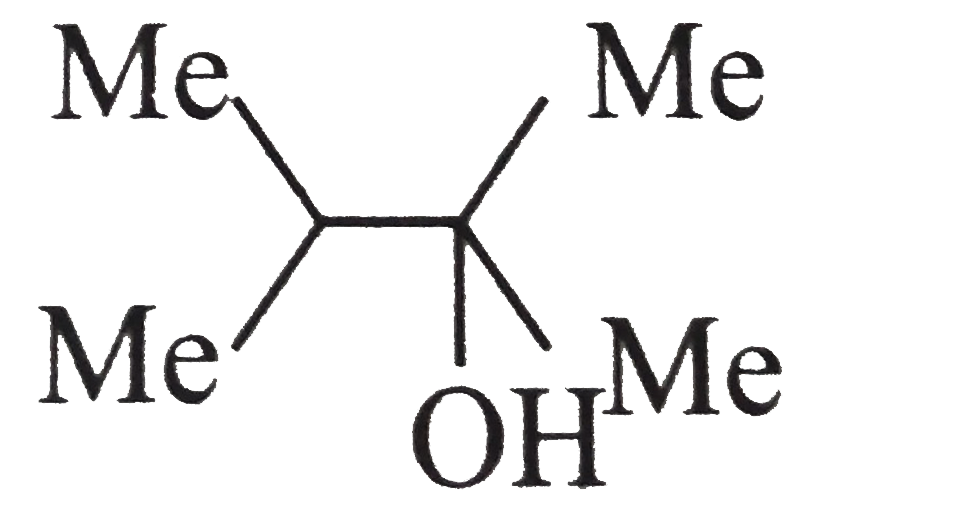
(vi) Structure of (D) and (F) suggest that ester (A) should be 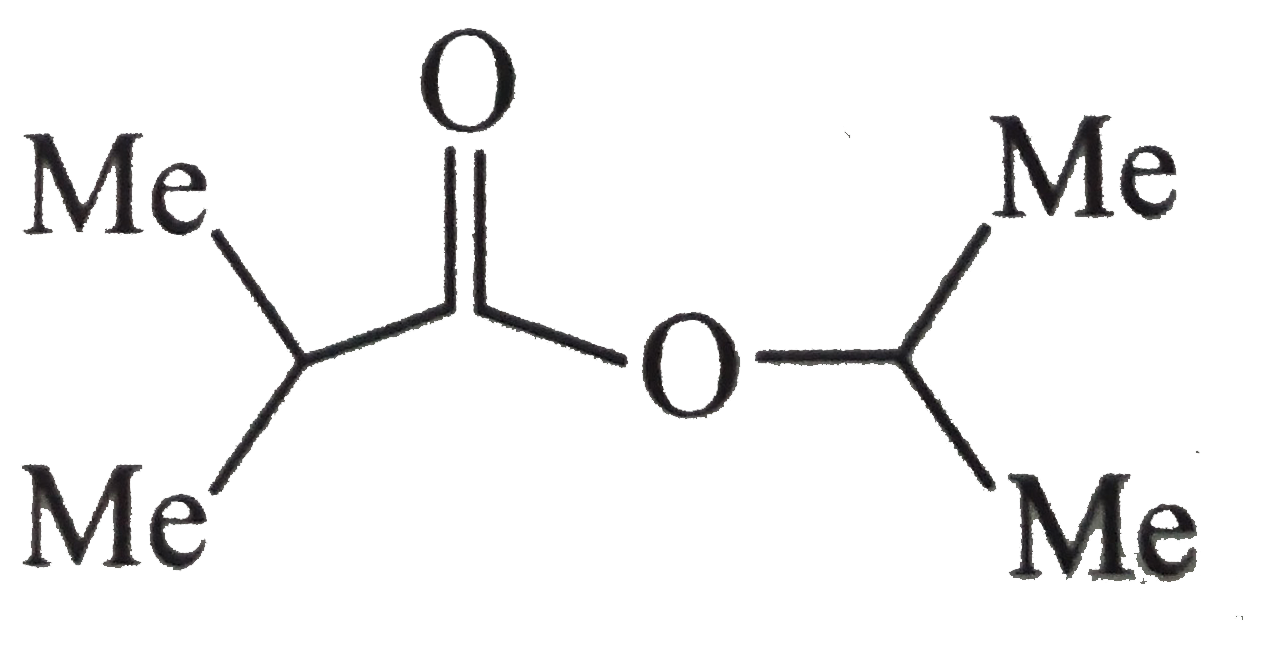 .
.
Reactions :
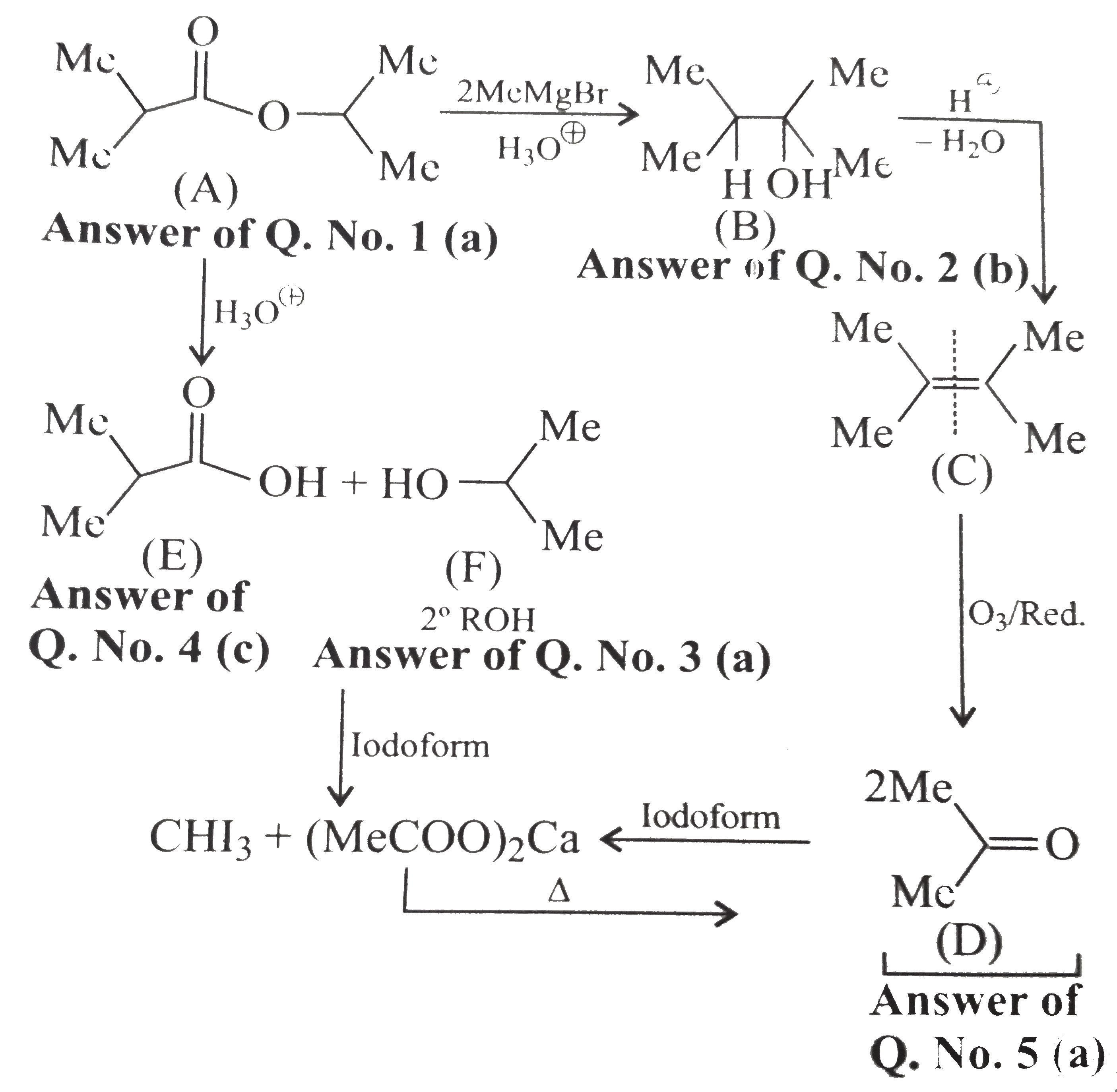 .
.
Topper's Solved these Questions
- CARBOXYLIC ACIDS AND THEIR DERIVATIVESBook:CENGAGE CHEMISTRY ENGLISHChapter:CARBOXYLIC ACIDS AND THEIR DERIVATIVESExercise:Exercises (Multiple Correct)
Explore 34 Videos
- CARBOXYLIC ACIDS AND THEIR DERIVATIVESBook:CENGAGE CHEMISTRY ENGLISHChapter:CARBOXYLIC ACIDS AND THEIR DERIVATIVESExercise:Exercises (Singlecorrect)
Explore 64 Videos
- CARBOXYLIC ACIDS AND THEIR DERIVATIVESBook:CENGAGE CHEMISTRY ENGLISHChapter:CARBOXYLIC ACIDS AND THEIR DERIVATIVESExercise:Exercises (Subjective)
Explore 19 Videos
- BIOMOLECULESBook:CENGAGE CHEMISTRY ENGLISHChapter:BIOMOLECULESExercise:Exercises Archives (Analytical And Descriptive)
Explore 8 Videos
- CHEMICAL KINETICSBook:CENGAGE CHEMISTRY ENGLISHChapter:CHEMICAL KINETICSExercise:Archives Subjective
Explore 23 Videos
Similar Questions
Identify which of the following terms matches with the appropriate descriptions 1 to 5
A: Hydracid (B) Monobasic acid (C ) Less volatile acid ( D) Weak acid (E ) Tribasic acid (F ) Dibasic acid (G ) More volatile acid
1. An acid having basicity 1 and having only one replacement hydrogen ion per molecular of the acid.
2. An acid which dissociates to give a low concentration of H+ ions
3. An acid containing hydrogen and a non-metallic element other than oxygen.
4. The type of acid which generally displaces another acid when the acid is heated with a salt
5. The type of acid which reacts with a base to give an acid salt and a normal salt
View SolutionSome methods used for the laboratory preparation of salts are
(a) metal + acid
(b) carbonate + acid
( c) precipitation (double decomposition)
(d) direct combination
(e) titration
Copy and complete the following table.

View Solution
Knowledge Check
The correct order of decreasing acid strength of trichloroacetic acid (A), trifluoroacetic acid (B), acetic acid (C), and formic acid (D) is :
AA gt B gt C gt DBA gt C gt B gt DCB gt A gt D gt CDB gt D gt C gt A
The correct order of decreasing acid strength of trichloroacetic acid (A), trifluoroacetic acid
(B) acetic acid
(C) and formic acid
(D) is:
View SolutionThe correct order of decreasing acid strength of trichloroacetic acid (A), trifluoroacetic acid
(B) acetic acid
(C) and formic acid
(D) is:
View SolutionWhich carboxylic acid (B)(N.E=52gmeq−1) loses CO2 when heated to give an acid (C)N.E=60gmeq−1 ?
View SolutionWhich of the following materials fall in the category of a pure substance ?
(a) Ice
(b) Milk
(c ) Iron
(d) Hydrochloric acid
(e ) Calcium oxide
(f) Mercury
(g) Brick
(h) Wood
(i) Air.
View SolutionWrite the names of the elements present in the following compounds.
(a) Common salt (b) Ammonia
(c) Sulphuric acid (d) Glucose
(e) Sodium hydroxide (f) Acetic acid
View SolutionAn organic compound (A) (C5H7OCl) reacts rapidly with ethanol to give (B) (C7H12O2). (A) also reacts with water to produce an acid which reacts with bromine to give (C ) (C5H8Br2O2). (B) on boiling with H2SO4 forms an acid (D). When (D) is oxidised with KMnO4 an acid (E ) (C4H6O3) is produced. On mild heating, (E ) gives (F) (C3H6O) which cannot be oxidised by ammoniacal AgNO3. Identify the compounds (A) to (F).
View Solution2E+N2→2EN (very hard substance)
EN+H2O→ Acid + pungent smelling gas. Acid is:
View Solution